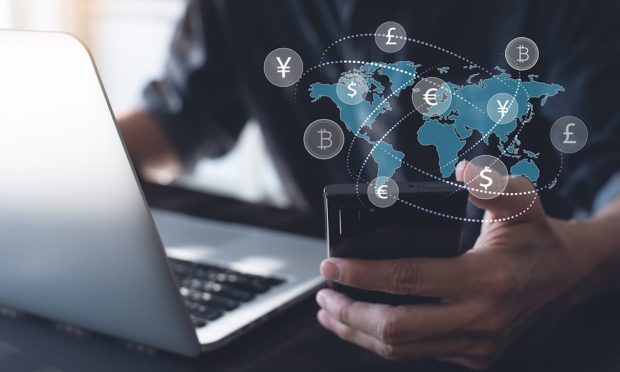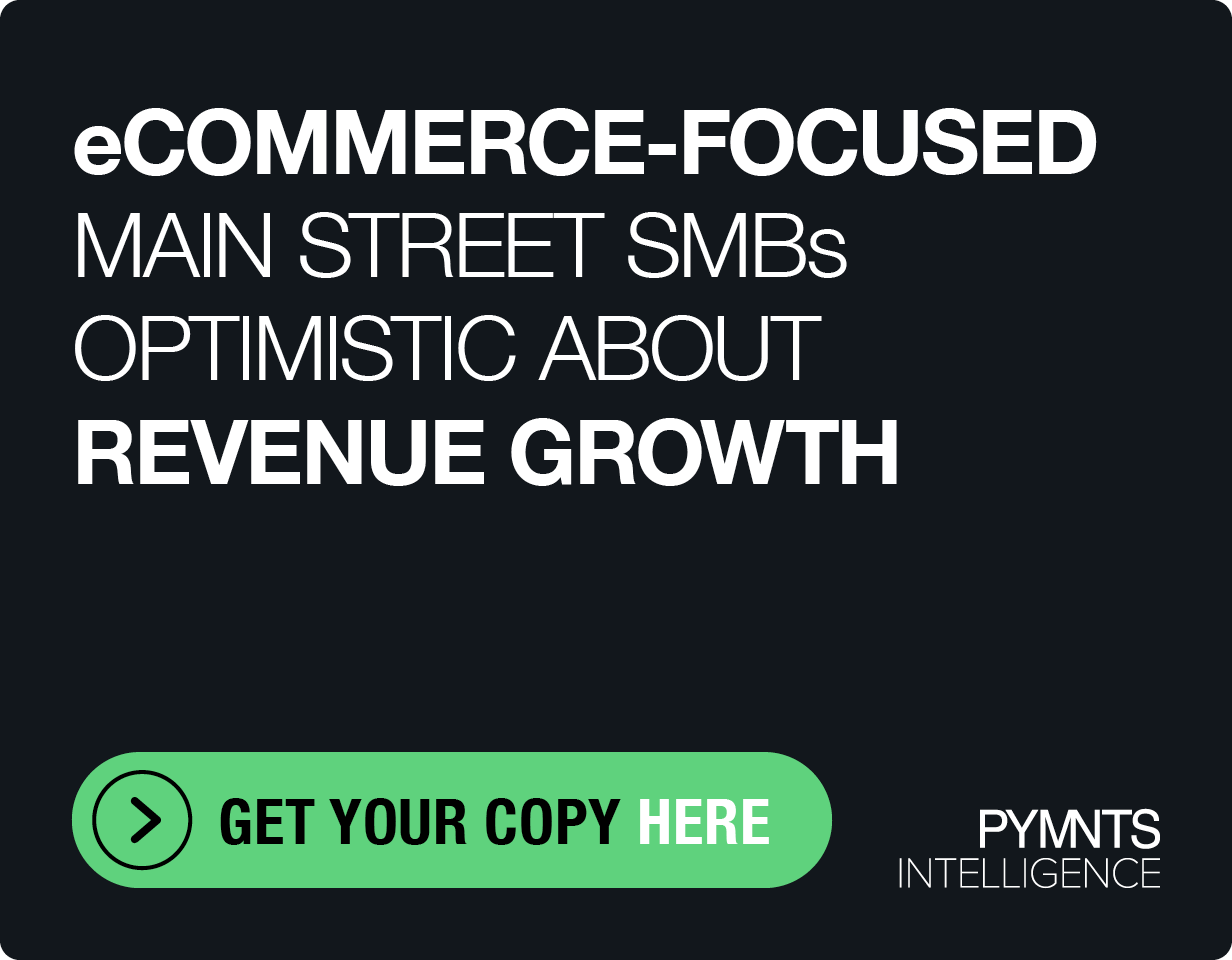Average US Firm Waits 33 Days to Receive Cross-Border Payments, Data Show

While one-touch digital payments and other rapid solutions have become table stakes on the consumer side of commerce, businesses continue to be weighed down by outdated manual, paper-laden payment processes. It’s a pinch-point scenario that is especially true in international trade circles, where check use between businesses is still common and settling transactions can take weeks rather than hours or minutes.
According to PYMNTS’ August 2021 Global B2B Payments Playbook, the average U.S. firm now waits 33 days to receive a cross-border payment, a lag that not only stresses cash flow, but in extreme cases, can prove to be fatal.
See also: Report: Lyft Uses Same-Day Pay, Free Bank Accounts to Build Driver Loyalty
Of course, this is happening at a time when international trade is on the rise, and cross-border payments are increasingly in the spotlight. Recent research shows that cross-border small and medium-sized business (SMB) B2B payments represent a $10 billion to $15 billion market, while the broader global B2B payments space is predicted to exceed $35 trillion in 2022.
Stuck on Manual Labor
Many businesses’ payments operations are still reliant on manual labor, making international transfers slow and costly to process, at $50 to $60 per transaction. Eliminating these frictions will require firms to tap into emerging services that both reduce costs and ease the flow – and increase the granularity – of transaction-related information.
The Global B2B Payments Playbook reports that businesses and financial services providers around the globe are rolling out cross-border innovations to help them streamline and accelerate B2B payments.
Cross-Border Innovations
Banking-as-a-Service (BaaS) is one way to transform B2B financial services. Businesses of all sizes stand to benefit directly from leveraging APIs that tailor their offerings to their business clients and consumers.
Proponents say BaaS makes it easier for businesses to develop tools for sending and receiving B2B payments, while also allowing them to manage financial data through APIs, artificial intelligence (AI) and cloud-based technologies.
Moreover, the transactions that BaaS enables do not represent just money movement. B2B payments also offer rich data that can be analyzed to provide organizations with greater financial transparency and control as well as improved user experiences.
Blockchain is also emerging as a technology that could help streamline and secure cross-border B2B payments, as evidenced by recent transactions in China. More than 200 SMBs in the country’s Yunnan province have used a government-developed blockchain platform to complete 638 global transactions over a seven-month period, with transfers totaling $580 million. The transactions now can take as little as 15 minutes.
Read more: China SMBs Complete $580M in Cross-Border Transfers Using Blockchain
Data integration is another innovation that can provide B2B firms with opportunities to lower costs and streamline payments. Brendan Tansill, president of the Americas at EVO Payments, told PYMNTS’ Karen Webster during a recent interview that while the digitization of B2B payments is a positive development, ample opportunities exist for firms to enhance their payments processes in other ways, too.
More details: Data Integration Takes B2B Payments Modernization to the Next Level
Data and data integrations are ready to be utilized, Tansill said, so firms can feed transaction details and card interchange data into their enterprise resource planning (ERP) systems to create more robust workflows.
Global financial messaging service SWIFT recently introduced another innovation: a service that enables banks to verify a beneficiary’s account information before payments are made. The company said the payment pre-validation service is aimed at fueling instant and friction-free transactions for businesses and consumers worldwide by helping them send payments confidently and securely.
